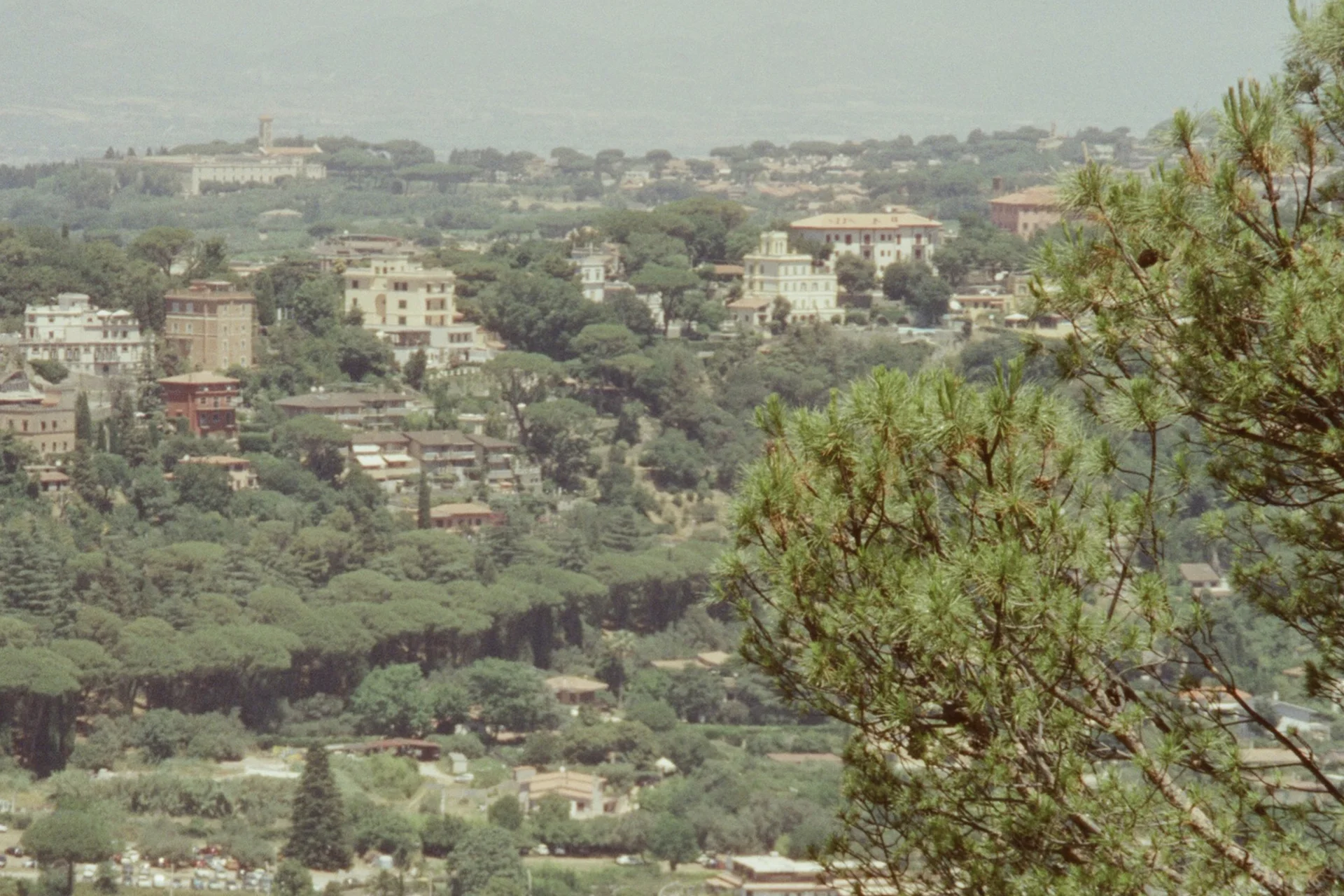
LATITUDE
LONGITUDE
APPELATIONS
Think Netflix's latest algorithm recommendation, but for wine regions. Except that this one has been hidden in plain sight for over 50 years. Welcome to Aleatico di Gradoli DOC, where Europe's largest volcanic lake creates red wines so distinctive they make Napa Valley look like fast fashion. Aleatico di Gradoli is a key element of the Lazio region's wine culture, particularly connected to Lake Bolsena. This isn't your standard Italian wine story; it's a masterclass in how geological chaos creates liquid gold.
This in-depth guide to Aleatico di Gradoli DOC explores the unique volcanic terroir of northern Lazio, the rich history of the Aleatico grape, the distinctive wine styles produced in the region, and the passionate producers who keep this ancient tradition alive. From detailed regional statistics to food pairings and sustainable practices, this guide provides a comprehensive overview of one of Italy's most fascinating and flavorful wine treasures.
Nestled in the Lazio region, within central Italy, Aleatico di Gradoli occupies a microscopic yet mighty territory around Lake Bolsena. This DOC, established in 1972, spans just 3 hectares of actual vineyard production within a broader 8,500-hectare potential zone in the province of Viterbo, in northern Lazio. To put this in perspective: Tesla's Gigafactory covers more ground than this entire wine region's active vineyards. The municipalities of Gradoli, Grotte di Castro, San Lorenzo Nuovo, and Latera form this exclusive club where ancient Etruscan wisdom meets modern winemaking precision.
The elevation sweet spot of 450 meters above sea level provides optimal diurnal temperature variation. Think of it as nature's air conditioning system that keeps grapes fresh during scorching Italian summers.
The Aleatico grape's journey reads like a Mediterranean soap opera. Likely introduced by ancient Greeks, then perfected by the Etruscans, who understood that volcanic soil + temperamental grape = liquid treasure. The DOC designation in 1972 wasn't just bureaucratic paperwork. It was Italy's way of saying, "This stuff is too good to let industrial agriculture ruin." The DOC designation safeguards traditional production methods for sweet wines such as Passito and Liquoroso.
Pietro Crescenzi mentioned "Livatica" (early Aleatico) in 14th-century writings, making this region's wine story older than most European universities. Even Napoleon developed a taste for similar Aleatico wines during his exile on Elba, demonstrating that good wine can transcend even the most significant political disasters.

Vineyard Hectares
WINERIES
GROWING DEGREE DAYS
The production area of this DOC is around Lake Bolsena. This isn't just Europe's largest volcanic lake; it's also one of the world's largest. It's a 13.5 km natural climate moderator that would make any HVAC engineer jealous. The caldera, formed by explosive volcanic activity 600,000 to 100,000 years ago, created soil complexity that reads like a geological textbook.
The climate of this region is Mediterranean, with continental influences, and Lake Bolsena moderates it.
Within the region, grapes are mostly cultivated in the warm hills around Lake Bolsena, over volcanic soils. These soils are Mother Nature's chemistry set: lapilli, tuff, peperino, volcanic ash, pumice stone, and basaltic material.
This mineral-rich cocktail forces vines to work harder than a startup founder, pushing roots deep for nutrients and creating grapes with concentrated flavours and natural acidity.
Aleatico dominates like a method actor who won't break character: regulations mandate 95% minimum in all DOC wines. This grape's DNA suggests it's either a dark-berried mutation of Muscat Blanc à Petits Grains or its offspring, making it the wine's equivalent of a designer collaboration between ancient varieties. Aleatico di Gradoli is a sweet wine known for its distinctive aromatic profile and long-standing tradition.
The region is renowned for four primary wines: Dolce, Passito, Aleatico di Gradoli Liquoroso, and Aleatico di Gradoli Liquoroso Riserva. Each of them showcases different levels of aroma intensity and complexity. Aleatico di Gradoli has a garnet red colour with violet reflections and an aromatic nose with black cherries and dried fruit.
Each style targets different moments: Dolce for afternoon contemplation, Passito for serious dinner conversations, Liquoroso for celebrations, and Riserva for life's milestone moments.
The wines from this region challenge traditional conventions for sweet wines. From dark chocolate desserts to foie gras, the versatility of these wines makes them very food-friendly. They can be paired with desserts, cookies, tarts, chocolate desserts, and cheese.
Traditional Pairings:
Progressive Pairings:
The wine's natural acidity and complex tannin structure make it more food-versatile than traditional dessert wine categories suggest.
Lake Bolsena's tourism infrastructure remains refreshingly uncommercialized, evoking a pre-Instagram Tuscany. Wine experiences focus on intimate, family-run operations rather than bus-tour destinations. The region offers archaeological sites, thermal springs, and medieval villages as bonus content to wine visits.
Unique Experiences:
The region's natural characteristics align perfectly with sustainable viticulture. Volcanic soils provide natural pest resistance, lake moderation reduces irrigation needs, and small-scale production enables precision farming.
Sustainability Initiatives:
The Consorzio dei Vignaioli del Lazio, established in 2025, promotes environmental consciousness alongside territorial identity, with several Aleatico producers as founding members.